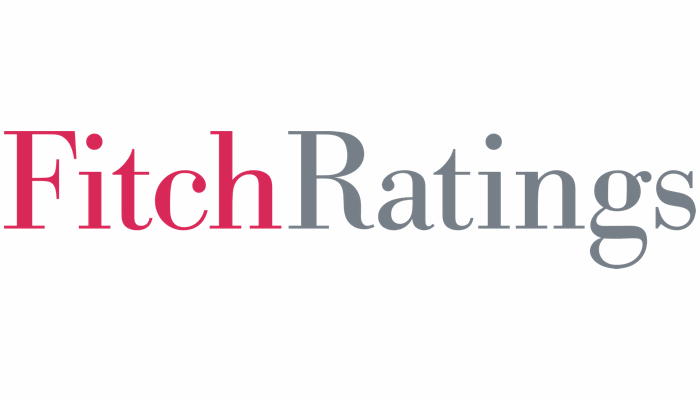Global reinsurers to maintain stringent T&Cs to limit exposure to secondary perils: Fitch
- August 6, 2025
- Posted by: Jack Willard
- Category: Insurance

According to analysts at Fitch Ratings, global reinsurers are likely to maintain stringent terms and conditions to limit their exposure to secondary perils “as weather-related losses become increasingly significant and volatile due to climate change.”
The agency stated that the tightening of terms and conditions for natural catastrophe cover is a structural improvement that should ultimately benefit reinsurers’ risk profiles and long-term profitability.
“We do not expect it to be quickly reversed, even when market conditions change. The increased caution from reinsurers has left primary insurers with higher risk retentions for secondary peril events, but reinsurers still offer ample cover against the most severe events,” Fitch said.
Looking back at the first half of 2024, nat cat losses were primarily driven by medium-sized peril events, including a number of convective storms that struck the United States.
In fact, global insurance and reinsurance industry losses from natural catastrophes in H1’24 reached at least $61 billion, coming in 25% higher than the first half decadal average, on the back of the second costliest H1 on record for the US severe convective storm (SCS) peril, according to reinsurance broker Gallagher Re.
“Together with reinsurers’ measures to reduce their exposure to such events, this meant that the losses were largely absorbed by primary insurers, with reinsurers’ losses mostly staying within budget,” Fitch added.
A combination of higher attachment points and lower aggregate covers meant that the losses were predominantly covered by primary insurance rather than triggering reinsurance covers.
Fitch went on to explain that the sector’s profitability has been strong following sharp property catastrophe price rises in recent years. The agency therefore expects prices to continue easing moderately.
However, it’s important to note, that Fitch is expecting reinsurers to keep tight limits on lower layers of natural catastrophe protection, as well as avoid significant aggregate covers and maintain underwriting discipline.
Going back to H1’24, the 19 non-life reinsurers monitored by Fitch posted strong underwriting profitability in the period, with an aggregate reinsurance combined ratio of 84.2%, compared to 85.9% from H1’23, which included moderate losses of 5.9pp from natural catastrophes.
As well as this, Europe’s four largest reinsurers: Munich Re, Swiss Re, Hannover Re, and SCOR reported very strong earnings in the period, with their average property and casualty reinsurance combined ratio improving to 84.2% from 86%, reflecting the earn-through of significant rate increases, tighter terms and conditions, and benign large loss experience, Fitch concluded.
This website states: The content on this site is sourced from the internet. If there is any infringement, please contact us and we will handle it promptly.



